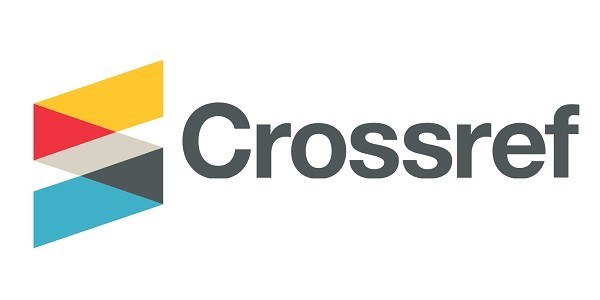Pengembangan Usaha Agrobisnis Perikanan Desa Mattiro Baji Kecamatanan Labakkang Kabupaten Pangkep
DOI:
https://doi.org/10.35965/je.v1i1.2759Keywords:
Development, Empowerment, Suistainable, WelfareAbstract
Pangkep Regency, South Sulawesi Province, known as an archipelago, has 314 islands, with most of the population being fishermen, so it has prospects for development. Weather conditions and fishermen's facilities influence the livelihoods of fish at sea. Hence, their income level fluctuates and tends to decrease due to reduced catches, and the price of marine products is determined more by district collectors and wholesalers. The blue swimming crab commodity is a superior product of Mattiro Baji Village in Pangkajene Islands (Pangkep) Regency. Every year fewer and fewer fishermen are engaged in this business, turning to other jobs such as motorcycle taxi drivers, carpenters and Pangkep. With this phenomenon and problem, the program-implementing team collaborates to formulate and implement solutions. The Solution is expanding the cooperation of collectors both within the Pangkep Regency area and to other areas with crab-producing fishermen with a business contract system (earlier to provide venture capital assistance in cash and fishermen facilities). The solution implementation method has taken several approaches based on fostering an intensification system for partners and fishermen as business partners. The approach in question is; (i) active participation method; that is, every partner activity is directly involved in the implementation so that high work motivation and an atmosphere of togetherness are created both between the implementing team and between program partners, (ii) participatory rural appraisal method; namely in identifying problems and finding solutions by involving program partners, and (iii) development of business; namely helping partners for business development through entrepreneurial technology transformation with intensive training and coaching methods for partner.
References
F Ahyati, A. Dan Handoko, 2003. Manajemen Produksi. BPKC,UGM, Yogyakarta
Basu Swasta. Pengantar Bisnis Modern. Edisi Ketiga. Penerbit Liberty Yogyakarta. 2001
B.F.Hoselita, (2015). Entrepreneurship and Economic Grow. American Journal of Economic and
Sociology, dalam Salim Siagian; “Kewirausahaan Indonesia, Jakarta.
Djamin. Zulkarnain. (2014). Perencanaan dan Analisis Proyek. Jakarta . Lembaga Penerbit Fakultas Ekonomi Universitas Indonesia.
Husanan, Said. (2008). Studi Kelayakan Proyek. Yogayakarta, BPFE
Suratiyah,K.(1991). Industri Kecil dan Rumah Tangga. UGM. Yogyakarta.
Meredith,G.G.(2006). Kewirausahaan Teori dan Praktek.Jakarta: Pustaka Binaman
Maslow, A. (2000). Motivation and Personality,New York : Harper & Row.
Peterson W. Marvin,at .all, planning and Management for a Changing Environment.
Merrill,Mike. (2005). Dare to Lead: Strategi Kreatif 50 Top CEO untuk Meraih Kesuksesan.Jakarta
Bhuana ilmu Populer.
Reksohadiprojo, Sukanto. 1995, “ Manajemen Produksi dan Operasional”, Yogyakarta BPKC
Surachman.S.dkk, (1991). “ Intisari Manajemen Pemasaran. Edisi Kedua.Penerbit PT.Remaja Rosoa Karya Bandung.
Sutojo,Siswanto (1995). Studi Keleyakan Proyek, Teori dan Praktek. Jakarta Lembaga PPM dan PT. Pustaka Binamapresindo.
Wasistiono.S.2007. Prospek Pengembangan Desa. Penerbit Fokusmedia. Bandung.
Winardi. (1991). Aspek-aspek Manajemen Pemasaran. Edisi Kedua. Penerbit PT. Remaja Rosoa
Karya Bandung.
West A. Michael, (2000). Developing, Creativity in Organization, Terjemahan Bambang Shakuntala Yogyakarta: Penerbit Kinisius.
Downloads
Published
Issue
Section
License
Copyright (c) 2023 EMPOWERMENT: Jurnal Pengabdian Kepada Masyarakat

This work is licensed under a Creative Commons Attribution 4.0 International License.











